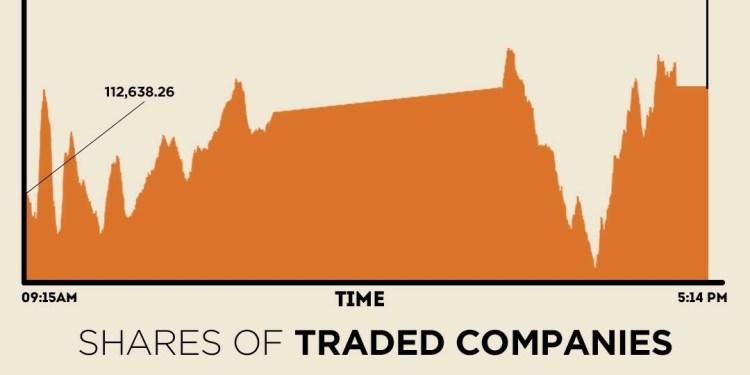By Alex Lawler
LONDON (Reuters) – When Russia and three OPEC members led by Saudi Arabia agreed a week ago to work on a global deal to freeze oil output, they could not have been more specific about the timeframe from which the freeze would start – January 2016.
For most other industries that would be more than enough to set very clear production targets, but not for OPEC with its history of over-producing and the total absence of individual output quotas in recent years.
If anything, the agreement became a reminder that assessing supply from the Organization of the Petroleum Exporting Countries is an industry in itself and the deal is unlikely to be agreed without some serious talk about who pumps what.
The margin between two assessments of OPEC output – provided by the exporter group itself – is significant, amounting in January to over 1 million barrels per day. That is comparable to the current global oversupply, which sent prices to their lowest since 2003 last month.
For years, these discrepancies have been visible through what OPEC countries say about volumes versus reports from a mini-industry of OPEC watchers, who assess output by tracking tankers and from networks of unnamed sources.
OPEC recognises the issue and since 2012 its monthly report has published two sets of numbers – one from member-countries, and another from “secondary sources”, who include consultants and industry media. [OPEC/M]
In January, the difference between the two sets of data was striking, showing differences not least over Venezuela, which proposed the freeze deal, and Iran, which is increasing output following the lifting of Western sanctions in January.
And, in a trend that has also generated comment among OPEC watchers and delegates, other producers including Nigeria, the United Arab Emirates, Kuwait and Angola reported to OPEC bigger increases in their January output than the secondary sources.
“It feels like everyone in OPEC knows that a deal is coming,” said an OPEC watcher, referring to the Feb. 16 agreement by Russia and three OPEC members to freeze output if other producers joined in.
Iran, according to the secondary sources, pumped 2.93 million barrels per day in January. But Iran reported to OPEC output of 3.37 million bpd, far closer to the pre-sanctions level of 3.50 million bpd at the end of 2011.
If Tehran’s submission is accepted, this would allow Iran to agree to an output freeze at a higher level – something that may be controversial for other producers involved in the deal.
There is not a big difference in the figures on output in top exporter Saudi Arabia. But some long-standing gaps persist.
Venezuela says it pumped 2.56 million bpd, while the secondary sources say 2.32 million bpd. And Kuwait reported an increase of 70,000 bpd to 3.0 million bpd, while the secondary sources estimated a smaller increase to 2.74 million bpd.
There is little debate over the level of production in Russia, which has not historically varied supply to influence prices. Russian output is reported soon after the end of every month by the energy ministry.
But last time, when Russia agreed to cooperate with OPEC, was in 2001 when Moscow promised to restrain exports but never followed through and boosted supplies instead.
(Additional reporting by Rania El Gamal, editing by Dmitry Zhdannikov and David Evans)




























